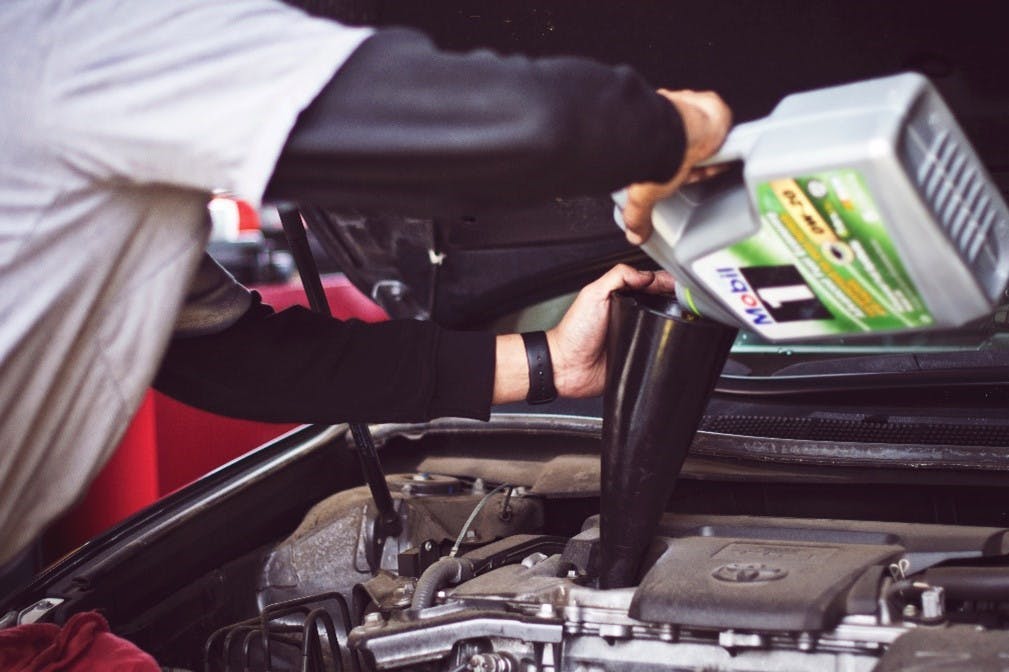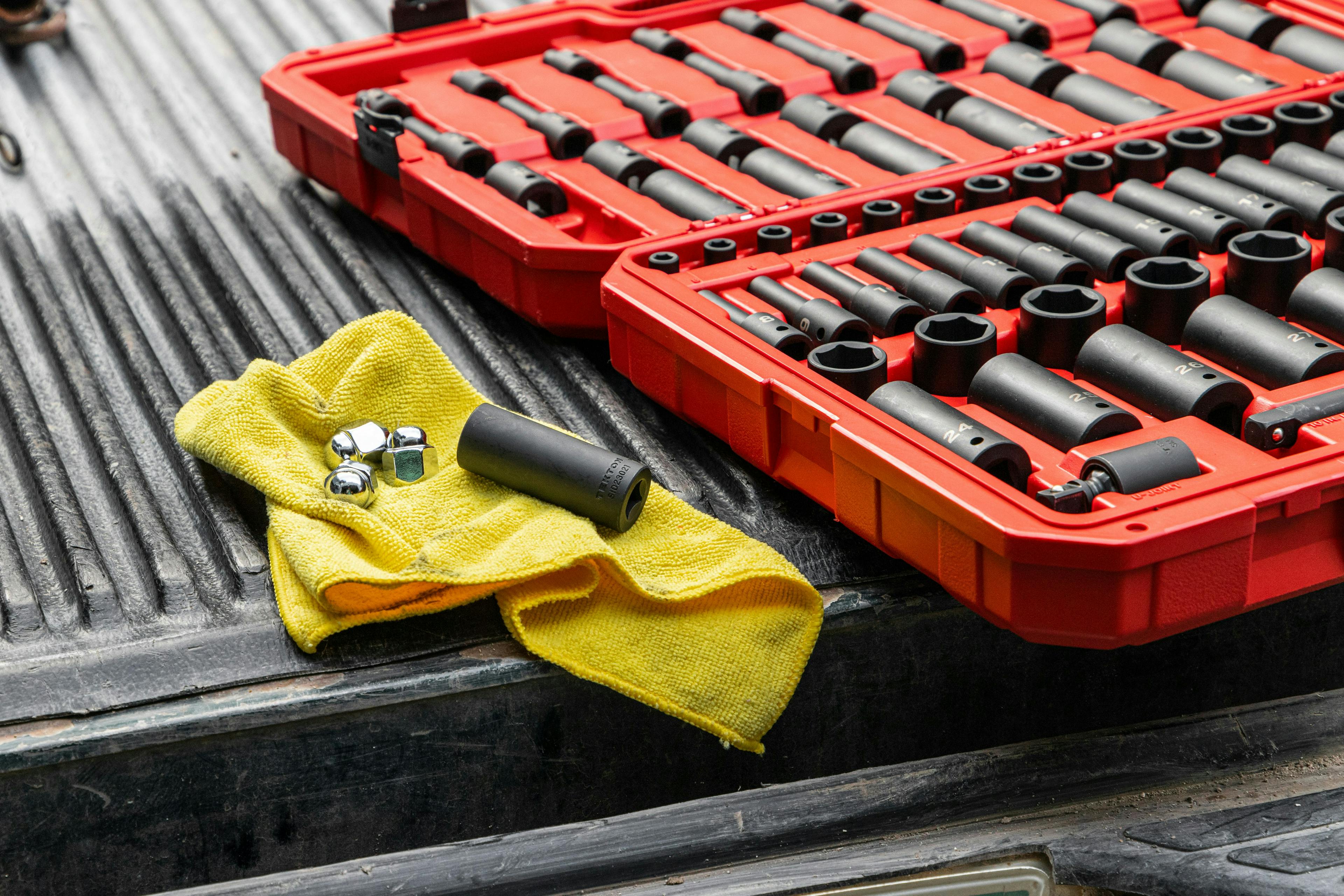
At some point or another, every car owner will need to take their vehicle for an MOT test. The build up to your first one may be a little nerve-wracking. Will your car be up to scratch? What if they find a problem you never noticed? How will you get by if your car is deemed unfit for the road? It presents more than a few things to worry about! The good news is that there are small steps you can take that could make a big difference on the day.
Every year, a number of vehicles fail the MOT test because of minor issues that could have been prevented or fixed by the owner. That's why it's important to have a good check over your car before dropping it off at the garage. Of course, unless you're a trained mechanic, some of the more advanced tests should be left for the professionals to carry out. There are, however, plenty of things you can do to ensure your car is in the best shape possible heading into its MOT. Join us as we detail them below!
What is an MOT test?

The MOT, or Ministry of Transport test, measures whether your vehicle meets road safety and environmental standards. Cars are required to undergo an MOT test 3 years after they are registered and once every year after that.
How does the MOT work?
Now, when your MOT is due, you can't just drop your vehicle off at any old garage. Only certain centres are legally allowed to carry out the test. To ensure you're using a legitimate facility, look out for a blue sign with three white triangles on it, which indicates that the centre can provide official MOT tests.
During the test itself, your car will be thoroughly examined for any minor, major or dangerous faults. And we mean thorough—everything but the engine, clutch and gearbox will be checked.
What does the MOT cost?
Currently, the maximum you can be charged for a car MOT test is £54.85. Not particularly thrilled about parting with your cash? Well, consider the fact that if you drive a car without an up-to-date or valid MOT, you can be fined up to £1000. Doesn't sound too bad now, does it?
Seriously, you cannot drive your vehicle on the road if its MOT has run out—even if it's just by a day! Unless, that is, you are driving it to or from a place where it is getting repaired or undergoing a pre-arranged MOT.
How should I prepare for my MOT?

Preparing for your MOT simply requires a bit of organisation. Firstly, make sure you have your timings right! Fish out your old MOT certificate (if applicable) to check dates and ensure you are in the correct time window. You can renew your MOT up to 1 month before it expires. Rather handily, this date will actually be printed on your previous certificate. If you're someone who struggles to remember deadlines like this, consider signing up for the free text or email reminders that the government can provide.
Once all the dates are set, draw up your own MOT checklist. Think about every part or feature that will come under scrutiny in the official test and make sure they are in good nick. Again, be careful to stick to things that are actually safe for you to test. Certain mechanical features shouldn't be tampered with unless you're qualified in this area.
If you need some extra help on what to cover, we're going to list some of the most obvious areas to check below. Of course, it's no good leaving this until the last minute—you need to make sure you have enough time to get any issues fixed before the test rolls around!
The superficial stuff

Start proceedings off by rolling up your sleeves and having a good clear out. Empty your boot of any unnecessary items and make sure your glove box is mainly being used to store important documents (OK, your trusty car sweets can probably stick around, too).
This step might seem a bit basic, but examiners can actually refuse to carry out an MOT test if the car is too cluttered or dirty. So, make sure the car is spic and span, both inside and out, before handing it over. Take extra care on the licence plates, too, as these need to be clear and legible. While the test is certainly not a beauty pageant, if your car happens to be borderline, the fact that it's kept clean and tidy could sway it. Either way, it doesn't hurt!
How's the bodywork?
Next up, have a good look at the bodywork of your car. Are there any significant dents, rusty areas or sharp edges that could injure pedestrians? These might have to be fixed before the test. Check the functioning of the doors, bonnet and boot as well. All should open and close securely.
The state of your windscreen is also very important, for obvious reasons—you need a clear view of the road and safe protection from the elements. Any cracks bigger than 10mm within the area covered by the windscreen wipers could land you a fail, so get these filled in.
All of the lights

A fairly straightforward (as long as you have a buddy!) aspect to check is that all of your vehicle's lights are in good working order. Get someone to stand outside the car while you run through the various options. Ensure there are no cracks and replace any bulbs that are no longer working.
Now is also the time to address any warning lights that show up on your dashboard. Of course, you really should react to these as soon as they appear, but we know that plenty of people don't! Turn on the ignition and see if any remain illuminated. You might want to have your vehicle's manual handy for this check, as it's not always clear what each symbol refers to.
Tyres and suspension
Make sure all of your car's tyres are in tiptop condition. Start with the issues you can notice just by looking—scan for any cuts or bulging and see to it that all 4 tyres are fitted correctly. Then, if all seems fine, move on to tread depth. This needs to be at least 1.6mm all the way around.
While you're on the bigger jobs, test your vehicle's shock absorbers. This involves bouncing each corner of the vehicle one by one. The car should return to a steady state very quickly. If it continues to bounce more than a couple of times, it's a sign that your dampers could be faulty.
Pump the brakes
We probably don't have to tell you that the state of your brakes is very important from a safety perspective. The person carrying out the MOT test will be checking that the pedal itself is in good working order and that the brakes are functioning properly.
So, make sure there is no visible wear and tear, and pump the pedal a few times to ensure it feels normal. If it feels slightly spongy, for instance, it could be a sign that there is air in the hydraulic system (which you would have to remove by bleeding).
The same kind of checks also need to be conducted on the handbrake. Of course, be sure to do all of these things in an appropriate place—you can't just be pumping your brakes in the middle of the road for no apparent reason!
Environmental considerations
We're all becoming more environmentally aware, and this is reflected in the MOT, where emissions checks will be carried out. Changes introduced in May 2018 saw the rules surrounding emissions, particularly from diesel cars, become more strict. As a result, this definitely deserves a place on your checklist.
Take a look (or get someone else to) at the exhaust pipe while the engine is running. Are there excessive amounts of fumes or strange noises being emitted? If so, you'll want to get that sorted ASAP.
If you do have a diesel car, it should be fitted with a Diesel Particulate Filter (DPF) that works correctly. Be extra careful when checking this over, because if there is any sign of tampering on this particular device, you car could fail the MOT.
Basic functions

Finally, do a sweep of all the basic functions that you use on a day-to-day basis. We're talking windscreen wipers, the horn (again, test this in an appropriate place!), your mirrors, seatbelts, headrests...etc.
Now is also the time to top up all liquid levels—oil, windscreen wash, brake fluid. And, last but not least, ensure that your vehicle identification number is legible. You'll often find this located on the front of the dashboard on the driver's side.
The best way to prepare for an MOT test is to stay abreast of any potential faults with your car all year round. Assuming you've been driving it for a little while, you should have a good idea of how your car feels to drive when everything is working correctly. As soon as you notice any strange sounds or mechanical issues, investigate what the problem could be. In an ideal world, people wouldn't wait around for the MOT to find out if their car is working safely and effectively. It's all about being preemptive!
According to the RAC, the 3 most common reasons for failing the MOT in the years 2017-2018 were issues with lights, suspension, and brakes. So, however you go about creating your checklist, make sure these are on it!
What should I expect on the day of the MOT?
When you show up to your pre-arranged appointment, you'll have the option of dropping your car off, or waiting while the MOT test takes place. Many garages are set up so that you can watch the process from a viewing room. This is for observation purposes only, though—you are not allowed to interrupt an MOT while it's happening.
Depending on the state of your car, a run of the mill MOT will usually take around 45 minutes to an hour. This does not include time for potential repairs. Unless you find watching this kind of thing particularly riveting, you might want to bring a book and some snacks!
The outcome of your MOT

When carrying out an MOT test, examiners are looking for 3 types of faults: minor (an issue that needs to be fixed soon, but does not pose any immediate threat to other road users), major (a serious fault that is a safety risk and may affect the environment) and dangerous (the issue puts you and other road users in immediate danger).
If you only receive minor faults, your car has passed its MOT test and you will get a new certificate. There is still the possibility that certain issues will be flagged up that you need to fix. Take these seriously to prevent them developing into major or dangerous faults.
Finished up the MOT with one or more dangerous or major faults? Bad news. You won't get your hands on a new certificate until the problems have been resolved. Instead, you'll be handed a refusal of an MOT test certificate (and possibly a hefty repair bill!). If any dangerous faults were found, chances are you won't even be allowed to drive your car anywhere before it's been fixed. Taxi for one!
Tips for your future MOTs
When it comes to maintaining your car, prevention is better than cure. Stay on top of any developing issues and avoid bad driving habits that cause unnecessary wear and tear on your vehicle. This includes things like driving in the wrong gear and accelerating or braking too harshly.
Keep that checklist handy, too! Add any points that you pick up from subsequent MOTs and don't be afraid to consult with your local mechanic about extra steps you can take to care for your vehicle. At the end of the day, the MOT test is in place to keep us all safe on the roads, so take it seriously and make sure you're prepared!
Subscribe for driving advice, offers & more
We'd love to let you know about our courses, news and offers via email. You may unsubscribe at any time.
Star Genie Limited trading as PassMeFast. Company number 10093359
Copyright © 2024 owned by Star Genie Limited
PassMeFast, Blue Tower, MediaCityUK, Salford, M50 2ST

